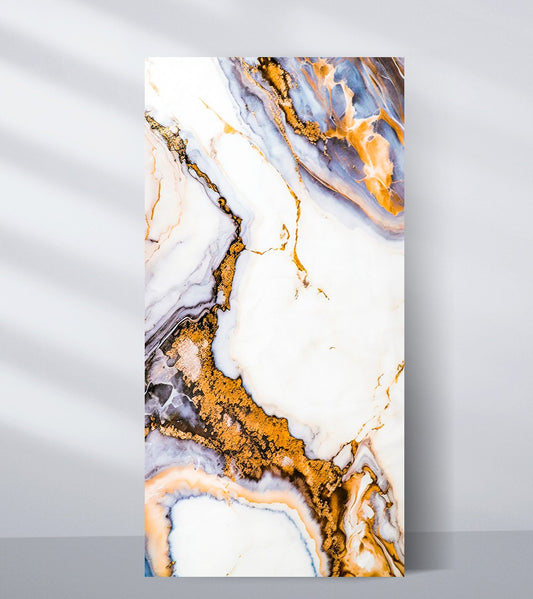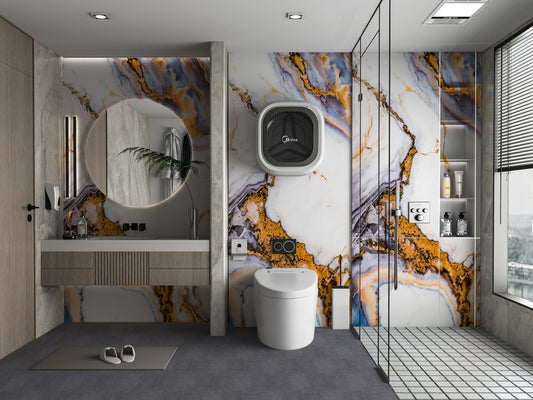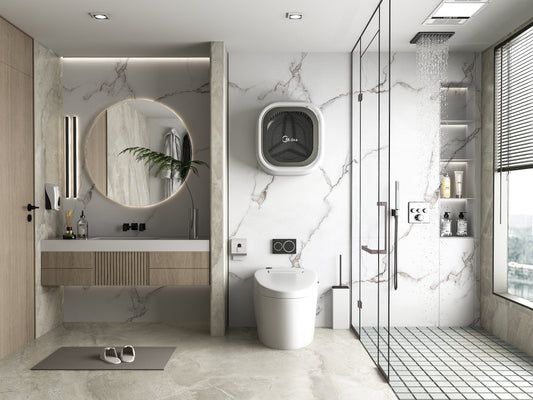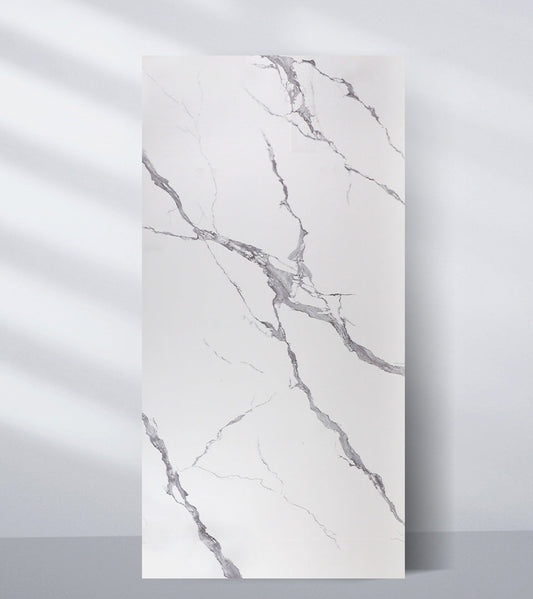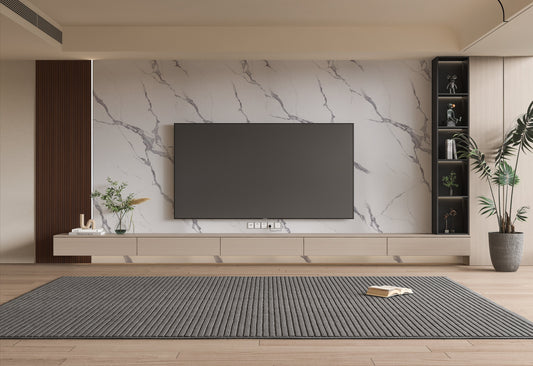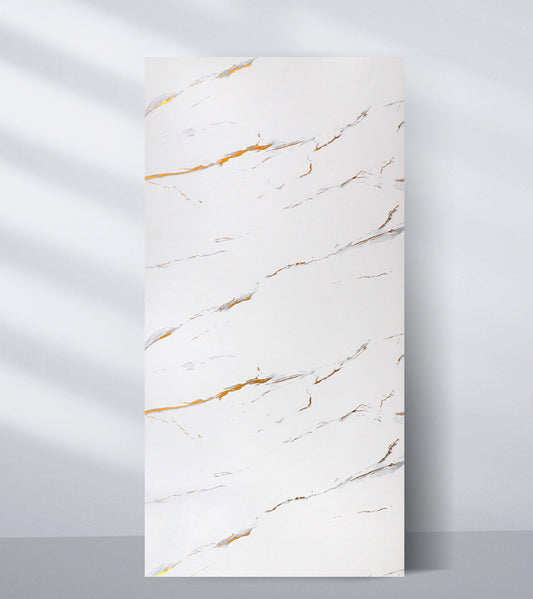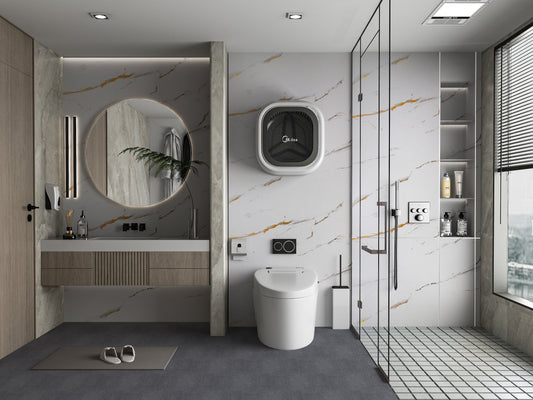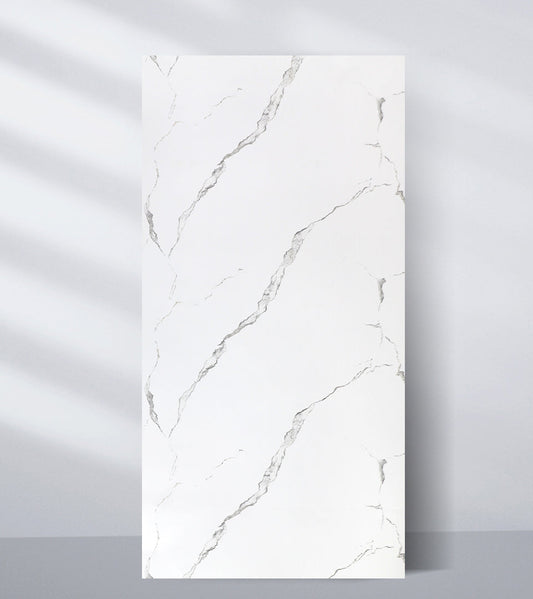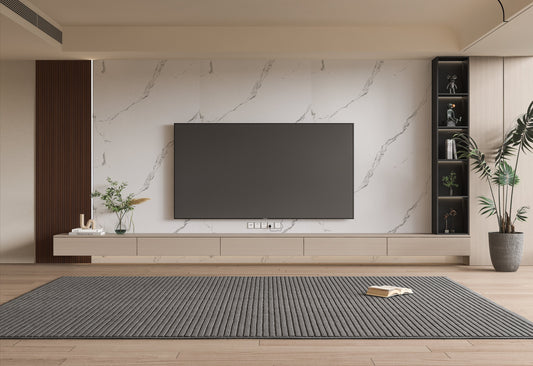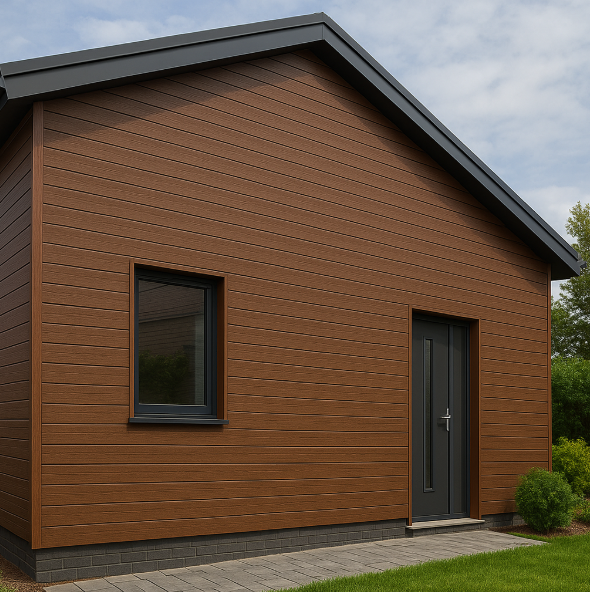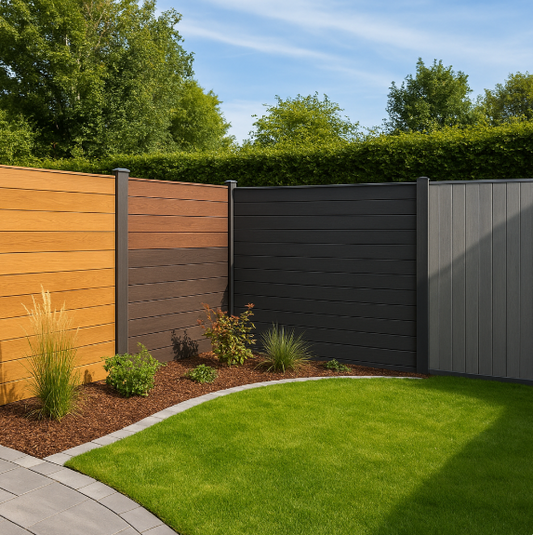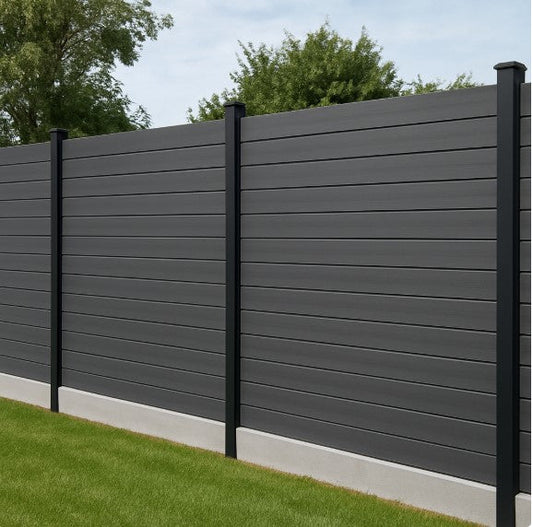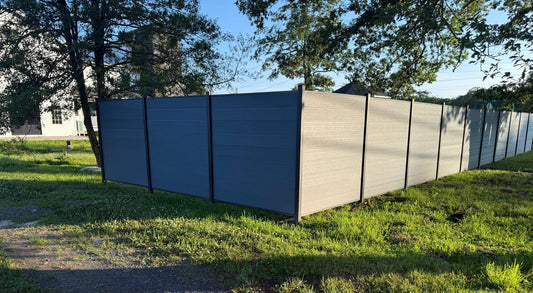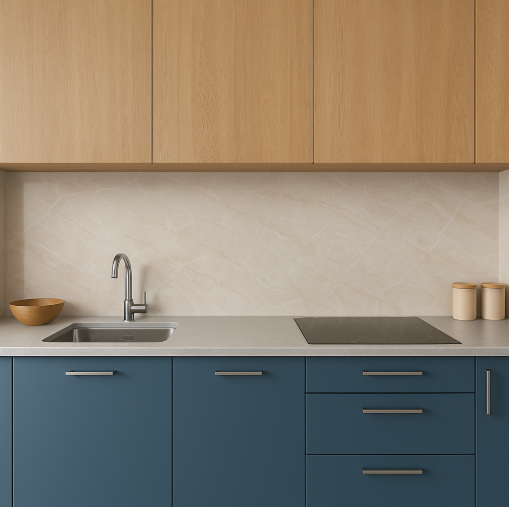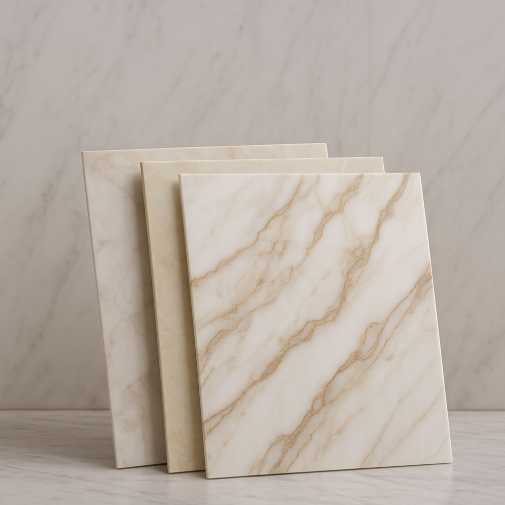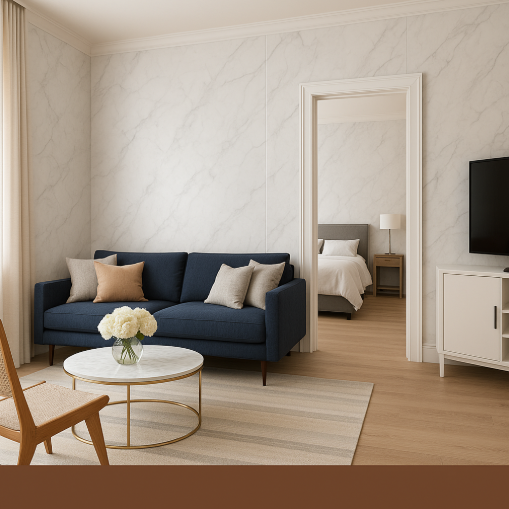When it comes to enhancing your home’s exterior, few upgrades are as transformative and practical as composite cladding. Not only does it modernize your façade with sleek, stylish panels, but it also protects your home from the elements, increases energy efficiency, and requires minimal upkeep. However, with the rising popularity of WPC (Wood Plastic Composite) wall cladding, many homeowners are left wondering: How do I choose the right composite cladding for my home?
In this guide, we’ll walk you through everything you need to know to make a smart, confident decision from understanding the key benefits of composite wall cladding to selecting the best texture, color, and installation type for your specific needs.
What Is Composite Cladding?
Composite cladding panels are engineered from a blend of wood fibers and recycled plastics, resulting in a material that’s strong, weather-resistant, and visually appealing. Used widely for both residential and commercial applications, WPC cladding offers the natural aesthetic of timber without the hassles of regular staining or rot.
Commonly used on facades, garden walls, balconies, and even interiors, composite cladding is a go-to material for modern home exterior design.
Why Homeowners Choose Composite Cladding
Before we dive into how to choose the right one, here’s why composite exterior wall cladding is growing in popularity:
- Low Maintenance: Unlike timber, composite boards don’t need sanding, staining, or sealing.
- Weather-Resistant: Built to withstand rain, UV rays, humidity, and temperature changes without cracking or fading.
- Durable & Long-Lasting: Composite panels can last up to 25–30 years or more.
- Eco-Friendly: Made from recycled materials, composite cladding supports sustainable construction.
- Versatile Aesthetics: Available in a wide variety of colors, grains, and finishes to suit every style.
 |

|
1. Understand Your Project Goals
Before selecting a composite wall cladding system, it’s essential to define the purpose and scope of your project.
Ask Yourself:
- Are you cladding a full exterior façade or just a feature wall?
- Do you want to enhance curb appeal or improve insulation?
- Are you matching an existing architectural style?
By determining whether your goal is primarily aesthetic or functional or both you can narrow down the types of cladding that best align with your needs.
2. Choose the Right Cladding Profile
Composite cladding comes in different panel profiles, each offering a unique look and application advantage.
Common Composite Cladding Profiles:
- Fluted or Slatted Panels: Ideal for modern facades; create a sleek, linear visual effect.
- Shiplap Cladding: Overlapping edge design for a tight, water-resistant seal perfect for rainy climates.
- Tongue-and-Groove Panels: Interlocking system ensures structural integrity and easy installation.
- Board-on-Board or Batten Style: Offers a more traditional or rustic appearance.
✅ Pro Tip: For a contemporary home exterior, slatted or grooved WPC wall cladding is a top pick due to its clean lines and architectural appeal.
3. Consider the Color & Finish
Your home’s cladding will significantly affect its curb appeal, so it’s important to choose a color and finish that complements your property’s style.
Popular Composite Cladding Colors:
- Ash Gray: Sleek and urban, perfect for minimalist exteriors.
- Charcoal Black: Bold, modern, and pairs well with glass and metal accents.
- Walnut Brown: A natural wood-look option that suits traditional and transitional homes.
- Teak or Oak: Offers warmth and rustic charm for cottage or farmhouse-style homes.
Surface Finishes:
- Brushed or Woodgrain Texture: Mimics the appearance of real timber with added durability.
- Matte Finish: Offers a soft, contemporary look with low reflectivity.
- Co-Extruded Finish: Extra layer of protection against fading, scratches, and stains.
Make sure to order samples before making a final decision. Seeing the panel in natural light and next to your home’s other materials is key to making the right choice.
4. Focus on Durability and Weather Resistance
Not all cladding panels are created equal. To ensure long-term performance, choose high-quality composite exterior wall panels that are designed to resist:
- UV Fading: Panels with UV stabilizers won’t lose color in sunlight.
- Moisture & Rain: WPC cladding is water-resistant and won’t swell or rot.
- Thermal Movement: High-quality boards allow for expansion and contraction without warping.
For homes in extreme climates hot, humid, coastal, or rainy look for co-extruded composite cladding panels for added durability.
5. Evaluate Installation Type
How your cladding is installed can influence both the appearance and performance.
Types of Installation:
- Horizontal vs Vertical Installation: Horizontal gives a wide appearance; vertical adds height.
- Hidden Fastener Systems: Create a smooth, nail-free finish for clean aesthetics.
- Ventilated Facade Systems: Add a moisture barrier and improve insulation efficiency.
Choose a system that suits your budget, skill level (if DIY), or professional installer’s recommendation.
 |

|
6. Compare Costs and Long-Term Value
Composite cladding may have a higher upfront cost compared to vinyl or softwood, but it’s an investment in long-term savings.
Factors to Consider:
- No ongoing maintenance costs (painting, sealing, or repairs)
- Extended lifespan of 25–30 years
- Increased home value and curb appeal
- Energy savings when paired with insulated backing or ventilated systems
Looking for affordable composite cladding options? At Accel Inc, we offer competitively priced, wholesale WPC wall cladding panels with superior weather resistance and modern finishes.
7. Think About Sustainability
If you’re environmentally conscious, composite cladding is a great green building material. Most high-quality WPC panels are made from recycled plastics and reclaimed wood flour, which reduces landfill waste and conserves natural timber resources.
Look for certifications such as:
- FSC (Forest Stewardship Council)
- ISO 14001 (Environmental Management)
- LEED Contribution (Leadership in Energy and Environmental Design)
By choosing sustainable exterior cladding materials, you not only benefit your home but also the planet.
8. Verify Warranty & Quality Standards
Before purchasing composite cladding, always review the manufacturer’s warranty. A good product will typically come with:
- 25-year limited warranty
- UV resistance and color retention guarantee
- Mold and mildew protection assurance
At Accel Inc, all of our composite cladding systems are tested for structural stability, weatherproof performance, and long-term color consistency ensuring peace of mind for your exterior upgrade.
Final Thoughts: Making the Right Choice with Accel Inc
Choosing the best composite cladding for your home is about balancing aesthetics, durability, installation ease, and budget. With countless textures, finishes, and profiles available today, it’s never been easier to transform your exterior walls into an eye-catching, low-maintenance feature.
Whether you're designing a new build or refreshing an older home, Accel Inc offers a curated selection of modern composite cladding panels designed for longevity, beauty, and ease of installation. Browse our collection and get expert guidance to find the perfect match for your project.
Ready to upgrade your home exterior?
Explore our composite wall cladding products or contact the Accel Inc team for samples and project consultations.

